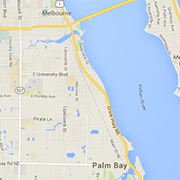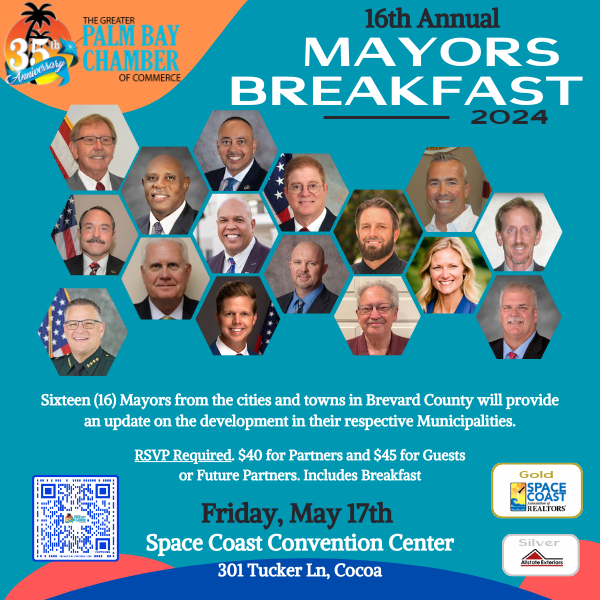Benefits of Pregnant Women Eating Seafood Far Outweigh Risks
It is common knowledge that eating seafood is one of the most beneficial habits contributing to good health — except perhaps when it comes to pregnancy. That advice once given by the FDA and now widely perceived as best practice in nutrition stands in the way of the potential nutritional advantages that seafood can bring to pregnant women and their newborn-to-be. Indeed, several studies have been conducted that show the benefits of seafood to neuropsychological development in children.
In 2019, the FDA, in accordance with the EPA, finally changed their advice to pregnant women, shifting from the more restrictive order of “seafood no more than two times a week” to the more-informed “seafood two to three times a week.” Included in the advice are a list of “best choices,” “good choices” and “choices to avoid.”
The seafood on these lists are categorized according to mercury level. While many have adopted the concern of exposure to mercury via seafood, more factors should be considered when advising a vulnerable population to avoid eating a nutritionally dense food. And one of those factors is selenium, an essential trace mineral.
Selenium
Seafood is an excellent source of selenium. What most don’t know is that mercury has a strong binding affinity for selenium. It almost acts like a selenium magnet. When these two “bind” into a new compound, almost like an encapsulation, it can no longer be absorbed into the human body. Essentially the mercury will be removed from the body and won’t be deposited into the body’s fatty tissue.
Scientists are now discussing redefining mercury toxicity and how selenium levels and tissue distributions need to be considered in order to address meaningful risks. For example, this scientific article addresses the dangerous toxicant, mercury, but also the mineral that counteracts it.
The great news is that in 2021, the FDA posted that they “will look more holistically at the role of fish in the diet, considering both components that are detrimental (such as mercury) and beneficial (such as nutrients)...”
Sushi
If you have ever been pregnant, you have been told to avoid sushi. Why? Doctors are concerned that eating sushi comes with the risks of food poisoning, listeria, parasites and mercury. Among those risks, listeria is probably one of the most dangerous. It’s true that listeria can be found in ready-to-eat (RTE) seafoods, but it can can be found in deli meats, soft cheese, vegetables, etc.
A 2022 study concluded that over 90% of cases stemmed from deli meat vs 0.5-1% from RTE seafoods. Although listeria is a very serious bacteria, the risk is minimal compared to the benefits seafood allots to fetal neural development.
A great cohort to look at are Japanese pregnant women and the advice given to them by the Japanese Ministry of Health, Labor and Welfare. Although this 2005 PDF posted by the ministry advises to limit fish high in mercury, it never states that other seafood should be limited — quite the opposite, in fact. It states that “This advice is intended not to ask the pregnant women to avoid fish and shellfish that contain high levels of mercury..”
It even has pilot whale, which is very high in mercury, listed as something you can eat every two weeks (40 grams). Also included under consumption forms are sashimi and sushi. Of course, the most important thing to consider when eating sushi while pregnant is to buy from a reputable source.
When it comes down to it, the benefits of eating seafood far outweigh the risks and before you stop yourself from having that piece of sashimi, think about all the good you might be doing for your future baby.
Connect
Instagram: @wildoceanseafood
Facebook: /wildoceanseafood
wildoceanmarket.com
cinthias@wildoceanmarket.com
Meet Our Thought Leader

Cinthia Sandoval is a fishmonger and outreach director for Wild Ocean Seafood. She graduated with both advertising and sociology degrees from the University of Florida. She sits on NOAA's South Atlantic Fisheries Management Council's Outreach and Communication advisory panel. She is a big advocate for Floridians consuming local, wild seafood.











